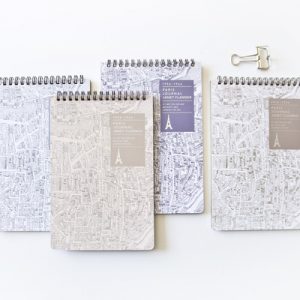Some people say: Today’s graphic designers pay too much attention to the visual effects of computer design, and ignore the real effects. In fact, it is not the case, it is more of a lack of understanding of printing.
Some people say: Today’s graphic designers pay too much attention to the visual effects of computer design, and ignore the real effects. Due to the lack of understanding of printing technology and paper materials, the visual effect of the picture is far from the real thing. In fact, printing is a very interesting thing. It’s like doing experiments in a laboratory, understanding the characteristics of different materials, constantly trying, and then finding the most suitable materials and technologies.
1. In order to achieve ideal design effects, designers usually use RGB mode instead of CMYK as required by printing. This will cause: the color expression and range of expression in printing are different from what you see on the computer.
Generally speaking, the color range of ordinary paper printing is much smaller than the color range of designer computer monitors (especially Apple computers). This is why every designer thinks that printed designs are not as good-looking as designs.
2. If used for printing, the image resolution must be higher than 300dpi (when the original image size is 1:1).
3. For graphics/converted text, pay attention to overprinting, and check whether there is any abnormality by viewing the overprint preview. Usually some text is overprinted.
Fourth, font application: not every font can be printed (fonts are divided into display fonts and print fonts); so choose the print fonts when designing to avoid various font problems.
5. Font color: If there is no special requirement, please use black monochrome characters. So as not to affect the printing effect due to overprinting problems.
In addition to the problem of file format, printed materials are also important, such as: paper is calculated in grams (g). The thickness of the paper is measured with calipers or millimeters, but it is not that the thicker the paper, the better the quality. Different paper surfaces will affect the brightness of the ink. Rough paper will absorb the ink on the surface, and there is basically no reflective gloss. Rough paper is used to print easy-to-read texts, such as newspapers, books, etc. However, the ink will stay on the surface after printing on glossy paper, so there will be more light refracted. This paper is suitable for samples, magazines, brochures, and outer packaging.














